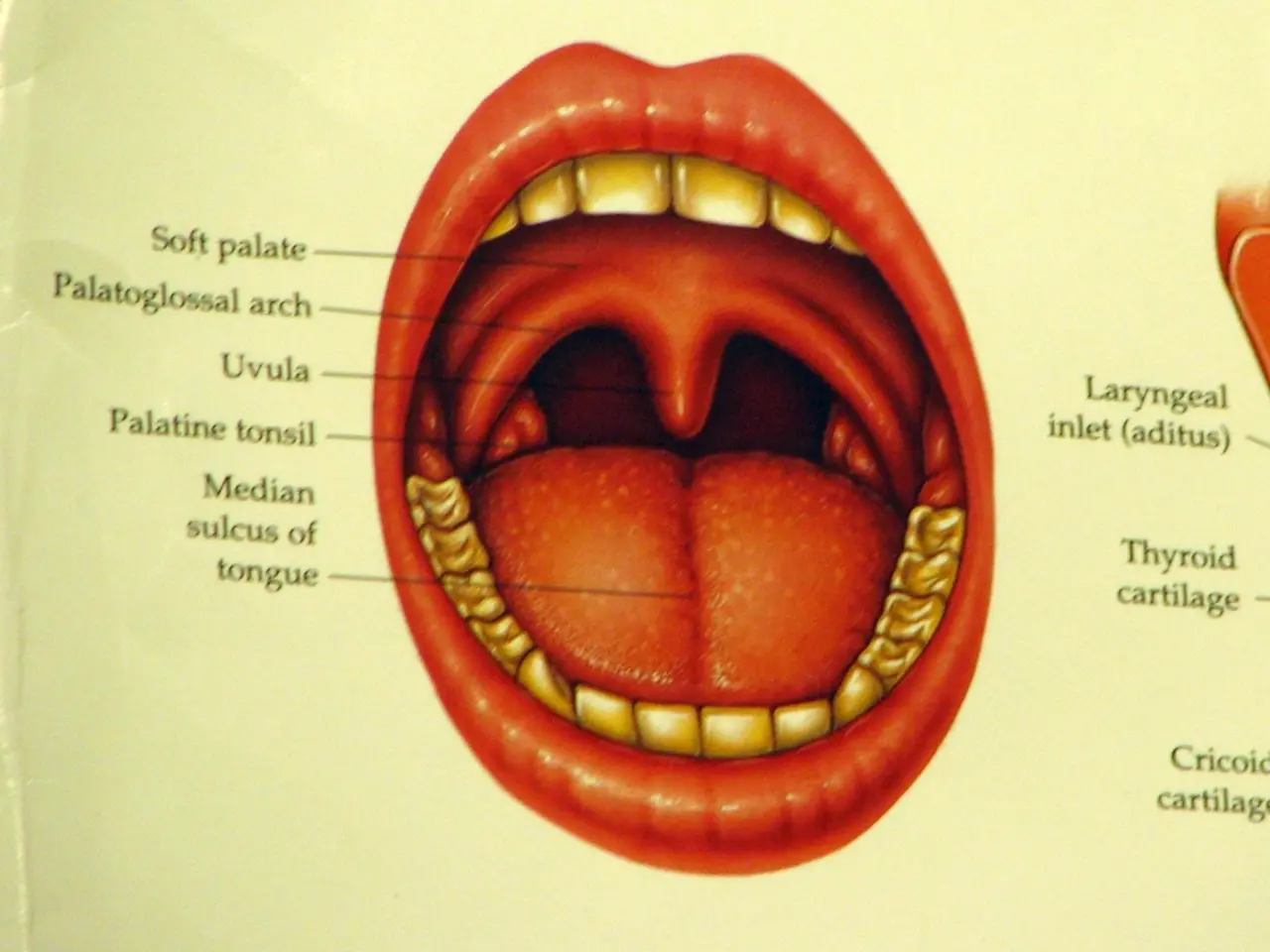The Importance and Understanding of Emotions: An Examination
In the complex world we live in, emotions play a crucial role in shaping our responses to various situations, particularly threatening ones. These emotions, often immediate and observable, help us take action, survive, and make decisions.
The seven basic emotions, universally recognized, are happiness, sadness, anger, fear, surprise, disgust, and contempt. These emotions, as research suggests, produce characteristic facial expressions that are understood across all human cultures [3][5].
Emotions, unlike feelings, are automatic, biological responses to stimuli, involving physiological changes, distinct facial expressions, and neural activation patterns. They occur without conscious thought or control [1]. On the other hand, feelings are the subjective experiences or interpretations of those emotions; they are the conscious awareness and mental reflection on emotional states.
The brain processes these emotions through a network of key areas, primarily the limbic system. This system includes the amyggdala, insula, hippocampus, and anterior cingulate cortex. For instance, the amygdala plays a significant role in fear and emotional learning, while the insula integrates body state information with emotional awareness [2][4].
The prefrontal cortex, specifically the dorsolateral and ventrolateral regions, is essential for regulation and cognitive appraisal of emotions. Different emotions activate distinct but overlapping neural networks, often involving limbic-cortical circuits [2][4].
To measure these emotions, researchers utilise neuroimaging techniques such as fMRI and EEG, which detect patterns of brain activation related to emotional stimuli. Physiological measures including heart rate, skin conductance levels, and facial electromyography track autonomic and muscular responses correlated with emotions. Facial expressions are coded to identify universal emotion markers, such as specific muscle movements for sadness or surprise [2][3][5].
Recent research even applies natural language processing to decode neural emotion patterns from speech, showing distinct activation profiles in healthy vs. depressed subjects [2][3][5].
Emotions help others understand us, but verbal reports of emotions can be influenced by one's awareness of inner states, cultural impact, and verbal proficiency. They can also be affected by other people's emotions and influence our initial interpretation of new situations.
Despite recent research suggesting humans may have only four basic facial expressions, understanding these emotions remains vital for effective communication and decision-making. Universal and objective physiological measures can be used to circumvent the challenges of verbal reports, ensuring a more accurate understanding of emotional states.
References:
[1] Ekman, P., & Friesen, W. V. (1971). Constancy and variability in facial expression: some methodological considerations. Journal of Personality and Social Psychology, 17(2), 124-129.
[2] Panksepp, J. (2012). Affective neuroscience: The foundations of human and animal emotion. Oxford University Press.
[3] Ekman, P., Sorenson, K. A., & Friesen, W. V. (1969). Universals and cultural specificities in facial expressions of emotion. Journal of Personality and Social Psychology, 11(2), 123-129.
[4] LeDoux, J. E. (2000). Synaptic self: How our brains shape our minds. Viking.
[5] Whalen, P. J., McClure, S. M., & Phelps, E. A. (2009). Neural systems supporting emotion regulation. Current Opinion in Neurobiology, 19(4), 456-463.





